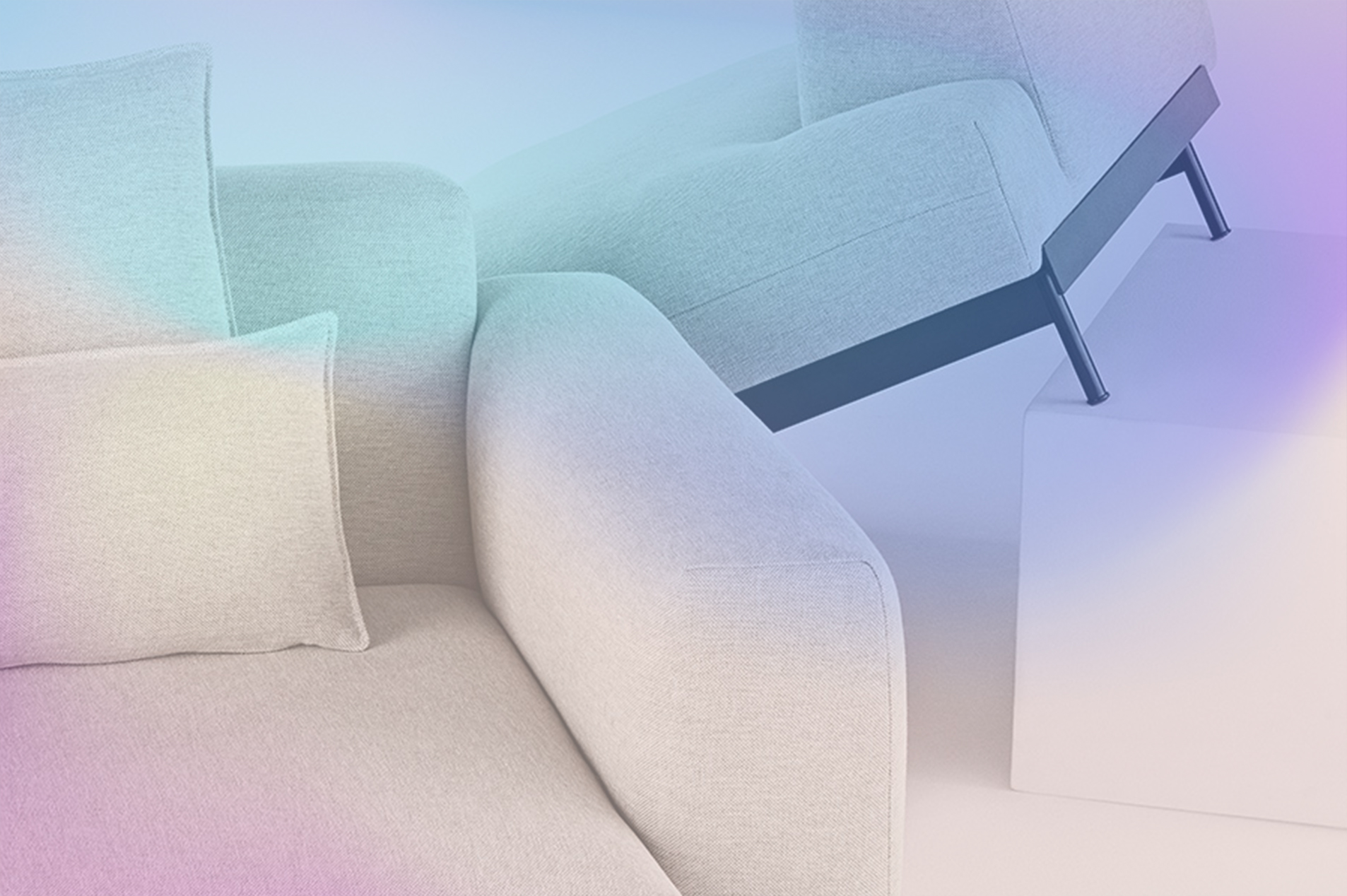After a Covid-era boom of render-based lifestyle images and even catalogs, we now see a marked difference between real photography and rendered images in terms of performance. Real photography and videos consistently deliver higher CTR, lower CPCs, and greater ROAS overall. Renderings, while undeniably valuable tools, lack the inherent authenticity and emotional connection that photography brings. We delve into why.
The Myth of Machine-Made Magic
High-end design thrives on a delicate balance between innovation and heritage. It's about showcasing meticulous craftsmanship, the subtle play of light on textured surfaces, and the warmth of natural materials. These nuances are best captured through the lens of a skilled photographer. No matter how sophisticated AI-powered rendering becomes, it still struggles to replicate the organic imperfections and emotional depth inherent in real photography. A perfectly rendered image, on the other hand, can appear sterile and devoid of character. The subtle imperfections – a glint on polished brass, dim lighting, the delicate grain of wood – imbued by real photography breathe life into furniture, giving it a sense of history and lived-in luxury.
Evoking Emotion Through Experience
Our campaigns depict furniture and design pieces that are more than just functional objects; they are an aspirational lifestyle. Great photography transports viewers into a world where they can experience the furniture firsthand. A carefully composed shot showcasing a plush sofa bathed in warm sunlight invites them to imagine curling up with a good book. Renderings, even with the help of AI, often struggle to capture the true ambiance and emotional resonance of a space.
Trust and Differentiation
In the realm of high-end furniture, trust is paramount. Potential customers are investing in pieces that will become cornerstones of their homes. Photography offers a window into the true quality and detail of the furniture. It allows viewers to appreciate the intricate joinery, the rich textures, and the overall scale of the piece. Without those unique details, there isn’t much to (digitally) distinguish a brand from a low-end competitor.
Renderings: A Valuable Supporting Act
While photography reigns supreme, renderings remain valuable in the furniture marketer's arsenal. They excel at showcasing product variations, like different fabric options or colorways. Additionally, AI can enhance the rendering process by allowing for faster iteration and exploration of design possibilities. However, the key is to leverage them as a supporting act, never a replacement for the genuine connection fostered by real photography.





